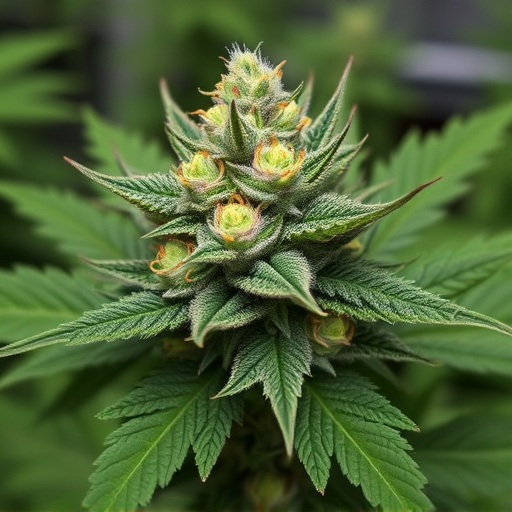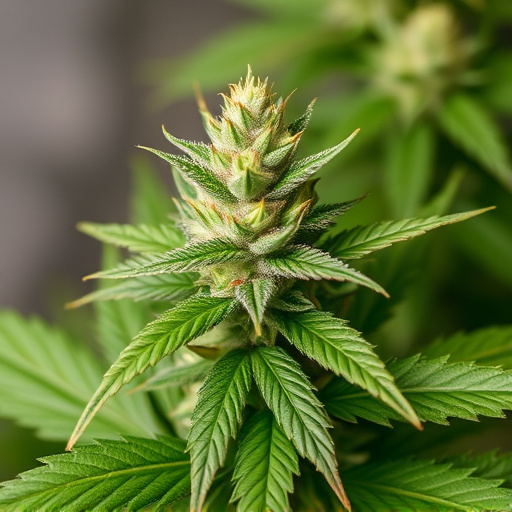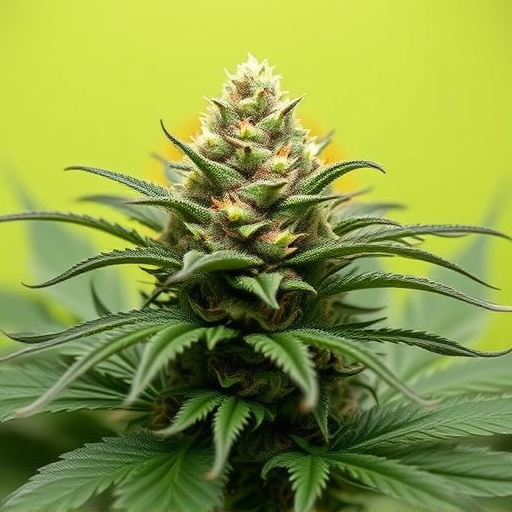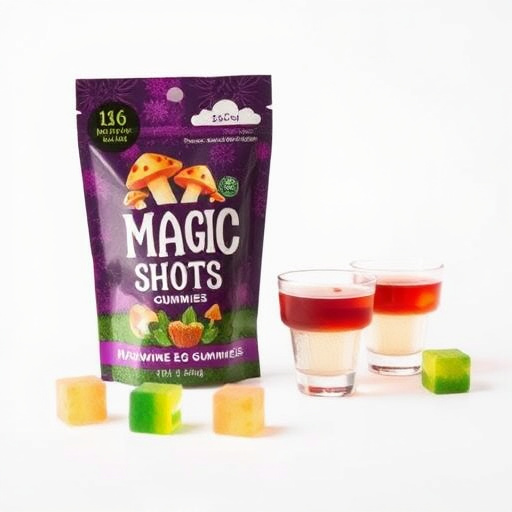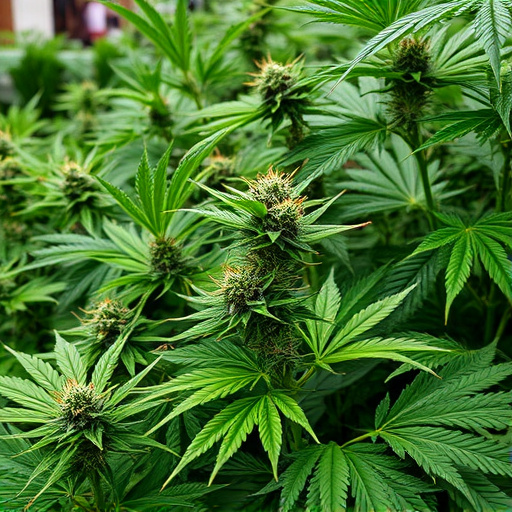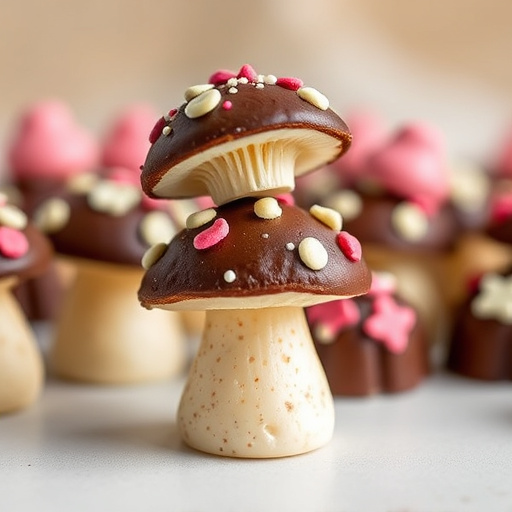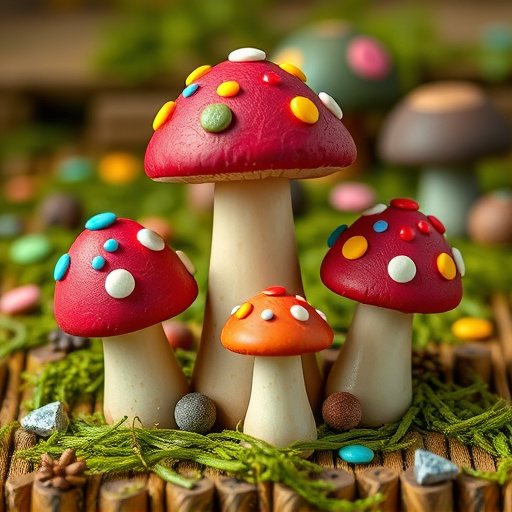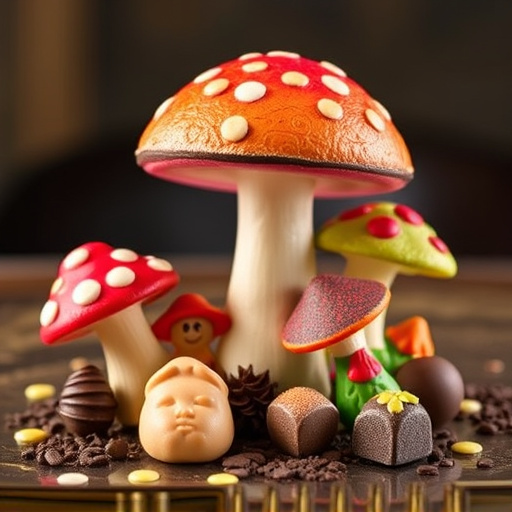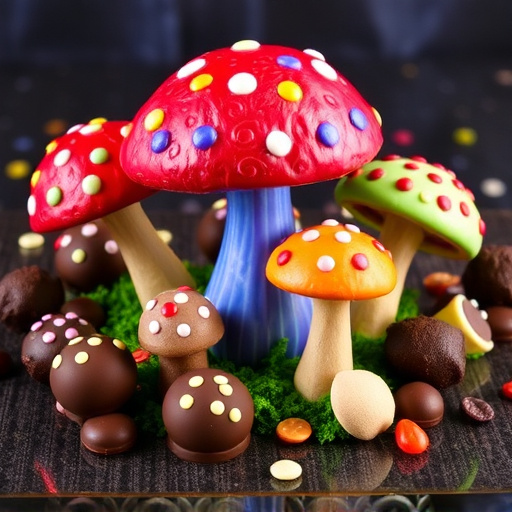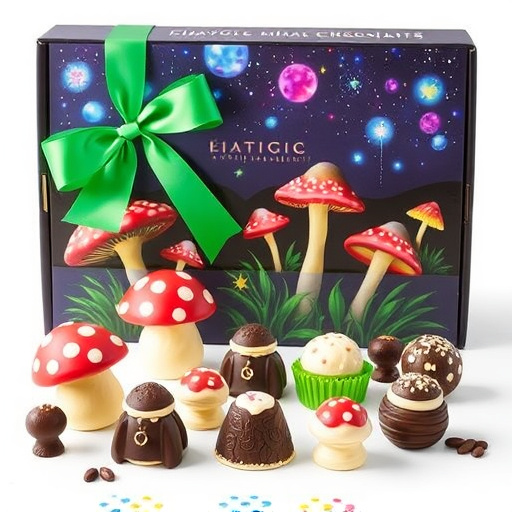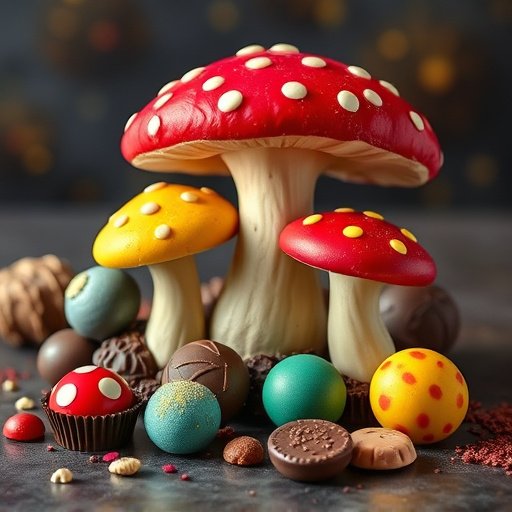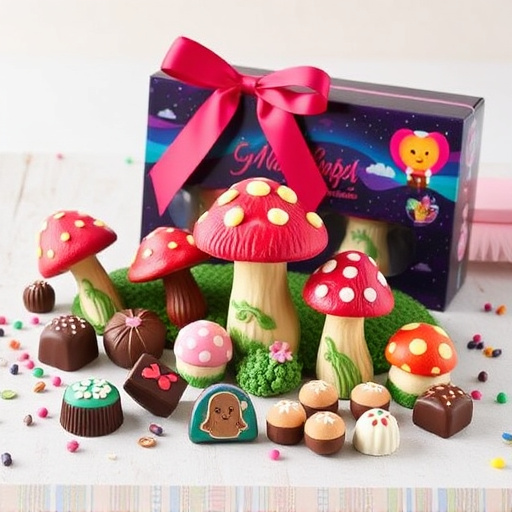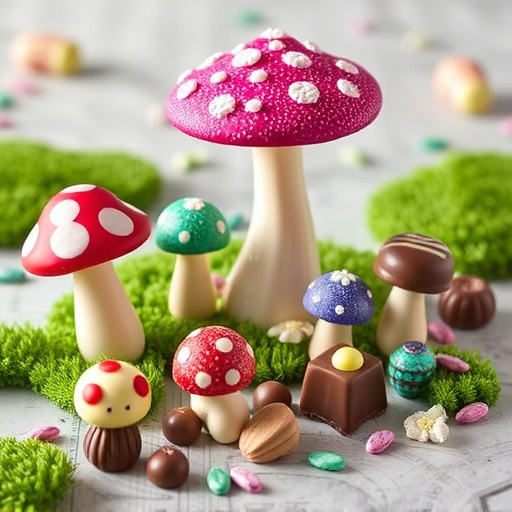Magic mushroom chocolates harness psilocybin and psilocin, compounds from Psilocybe mushrooms, combined with chocolate to create a unique experience. By interacting with serotonin receptors, these substances potentially enhance neural connectivity, boosting creativity, mood, and sensory perception. Research highlights their therapeutic potential, particularly in mental health treatments where they show promise for improving symptoms of depression and anxiety by promoting new connections in the brain.
Discover the powerful effects of Magic Mushroom Chocolates, a modern therapeutic approach blending ancient psychedelics with delectable treats. This article delves into the science behind these unique confections, exploring how compounds like psilocybin and psilocin interact with your brain’s neural receptors to potentially enhance connectivity and promote mental well-being. We’ll also uncover the growing evidence supporting their therapeutic potential for conditions such as depression, anxiety, PTSD, and addiction, while navigating associated risks and legal considerations.
- The Science Behind Magic Mushroom Chocolates and Brain Effects
- – Exploring the active compounds in magic mushrooms (psilocybin, psilocin)
- – How these compounds interact with the brain's neural receptors and pathways
The Science Behind Magic Mushroom Chocolates and Brain Effects
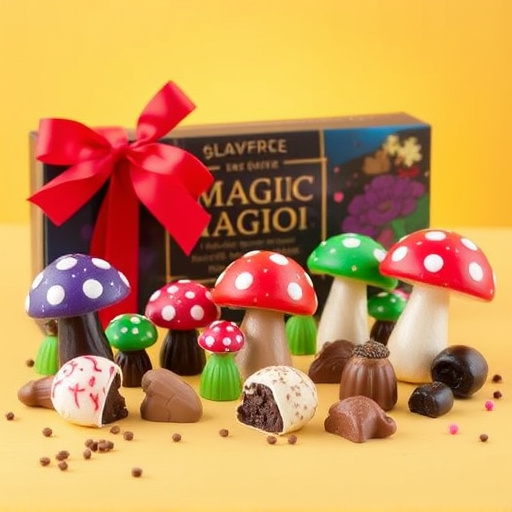
The science behind magic mushroom chocolates reveals a fascinating interplay between compounds found in psilocybin mushrooms, such as psilocin, and chocolate’s rich blend of ingredients. When combined, these elements can have potent effects on the brain, particularly regarding neural connectivity. Psilocybin is known to stimulate serotonin receptors, which play a crucial role in mood regulation, cognition, and perception. This activation can enhance neural pathways, fostering better communication between different brain regions.
Research suggests that magic mushroom chocolates may promote increased creativity, improved emotional well-being, and even enhanced problem-solving abilities by facilitating more efficient information processing. The combination of psilocybin and chocolate’s compounds can lead to a unique sensory experience, where visual and auditory perceptions might become heightened, contributing to a deeper connection with one’s thoughts and emotions. In terms of neural connectivity, these chocolates offer an intriguing approach to exploring altered states of consciousness and their potential therapeutic benefits.
– Exploring the active compounds in magic mushrooms (psilocybin, psilocin)
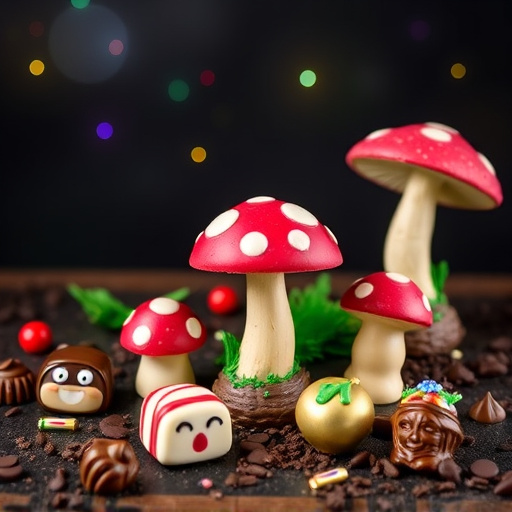
Magic mushrooms have long been known for their psychoactive properties, but it’s the active compounds within them that truly spark interest. Psilocybin and psilocin are the primary compounds responsible for the ‘high’ associated with magic mushroom consumption. These substances work by affecting the brain’s neurotransmitters, particularly serotonin. When consumed, psilocybin is converted into psilocin in the body, which binds to serotonin receptors, leading to altered perceptions and heightened neural connectivity.
Research suggests that these compounds not only induce a sense of euphoria but also have profound effects on cognitive functions. They can enhance creativity, improve mood, and even promote feelings of spiritual connection. In terms of Magic Mushroom Chocolates, incorporating these compounds into edible forms allows for a more controlled and potentially less intense experience compared to traditional ingestion methods. This innovative approach may open doors to therapeutic applications, especially in the realm of mental health treatments, where psilocybin-assisted therapy is being explored for its potential benefits in treating depression and anxiety by fostering neural connectivity and promoting new perspectives.
– How these compounds interact with the brain's neural receptors and pathways
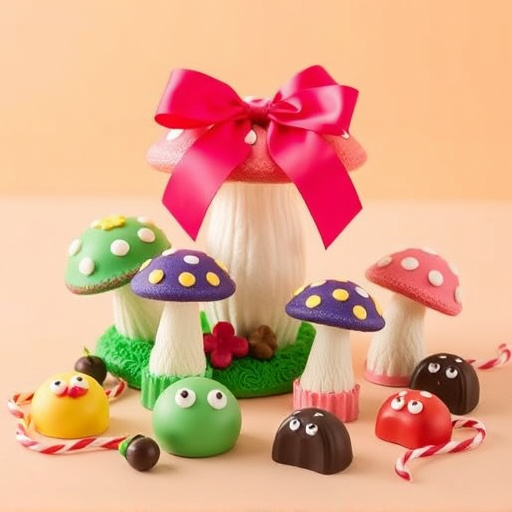
The active compounds in magic mushroom chocolates, primarily psilocybin and psilocin, have a profound impact on brain function by interacting with neural receptors known as serotonin receptors, specifically 5-HT2A receptors. When consumed, these compounds cross the blood-brain barrier and bind to these receptors, initiating a cascade of neurological events. This interaction influences the transmission of signals between neurons, leading to altered perceptions and heightened emotional experiences.
The effect on neural connectivity is profound, as psilocybin has been shown to promote neuroplasticity, enhancing communication between different brain regions. This disruption and subsequent re-establishment of neural pathways contribute to the mystical experiences often associated with magic mushroom chocolates, including altered time perception, enhanced creativity, and spiritual insights. The ability of these compounds to modulate neural connectivity is a key area of interest in neuroscience, offering potential therapeutic benefits for various mental health conditions.
In conclusion, magic mushroom chocolates offer a unique blend of culinary delight and potential therapeutic benefits. The science behind these compounds reveals their ability to interact with the brain’s neural connectivity, providing insights into enhanced mental clarity and altered states of perception. As research continues to explore the effects of psilocybin and psilocin, it’s evident that these natural substances could hold significant promise for both recreational experiences and therapeutic applications.
